The weather was absolutely stunning and we were rewarded for our early start with a wonderful 8 hours wandering around the lava flows of this 600 year old volcano.
The scoria of this island is very well drained and extremely exposed to sun and wind... doesn't this sound familiar? The volcanic environment is very similar to the canopy habitat of epiphytes, they both have very little water storing capacity and a vulnerability to high light and winds. As a result... Rangitoto Island is inhabited by many epiphytic species, by the end of the day we were calling it Epiphyte Island!
- Puka Griselinia lucida
- Kōwaowao Microsorum pustulatum subsp. pustulatum
- Peka-a-waka Earina mucronata
- Winika Winika cunninghamii
- Kahakaha Collospermum hastatum
- Kōwharawhara Astelia solandri
- Raurenga Cardiomanes reniforme
- Kohurangi Brachyglottis kirkii var. kirkii
- Filmy ferns Hymenophyllum species
- Whiri o Raukatauri Phlegmariurus varius
- Mawake Asplenium flaccidum
- Petako Asplenium polyodon
- Pānako Blechnum filiforme
- Piripiri Ichthyostomum pygmaeum
- Mokimoki Microsorum scandens
- Whisk fern Psilotum nudum
- Ngārara wehi Pyrrosia eleagnifolia
- Fork fern Tmesipteris elongata

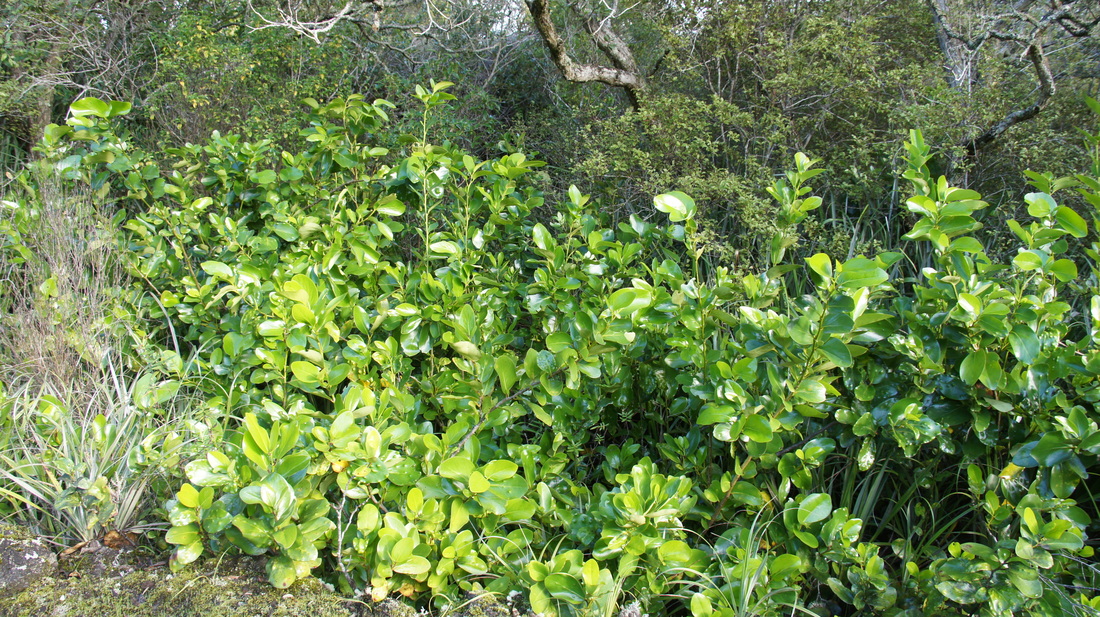
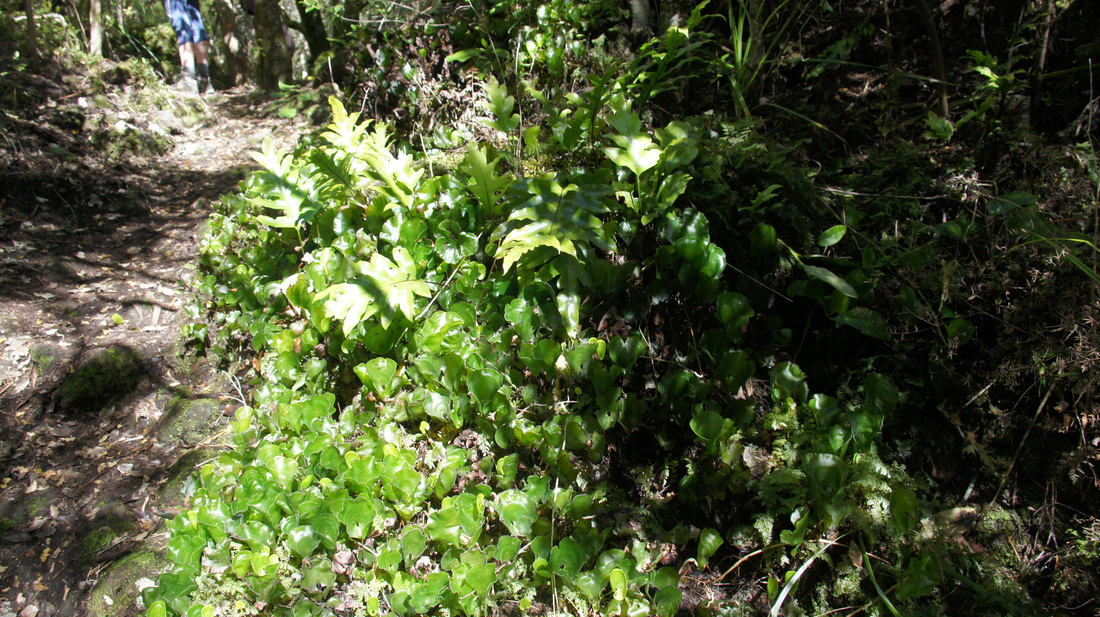
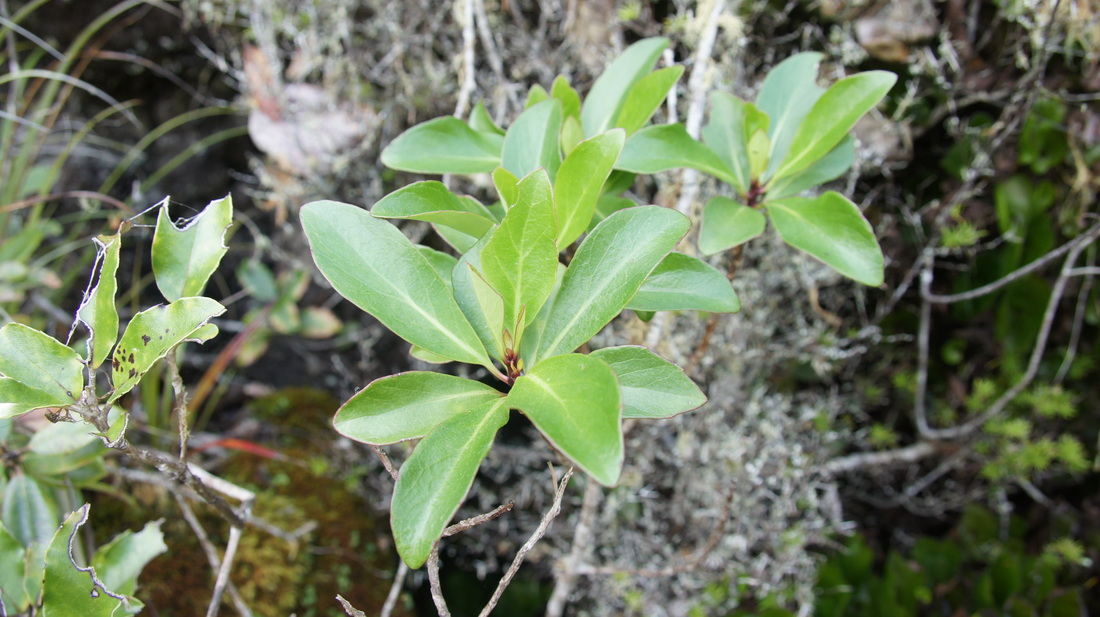
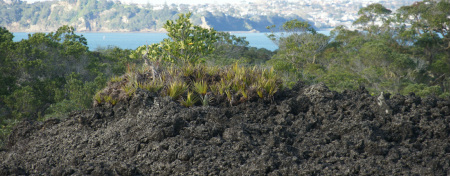
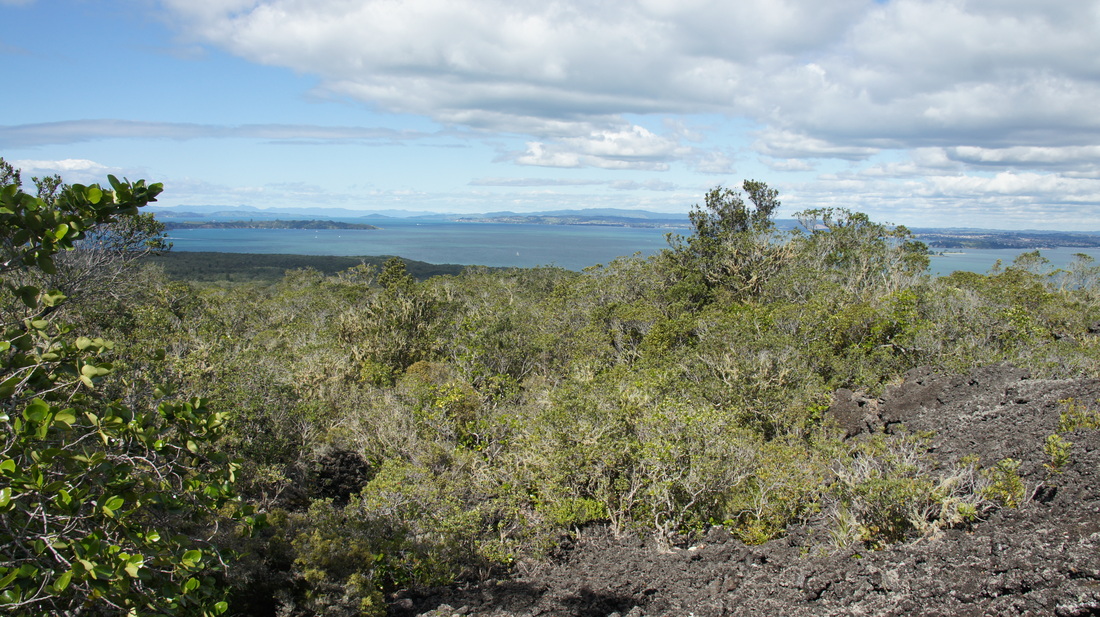

 RSS Feed
RSS Feed
